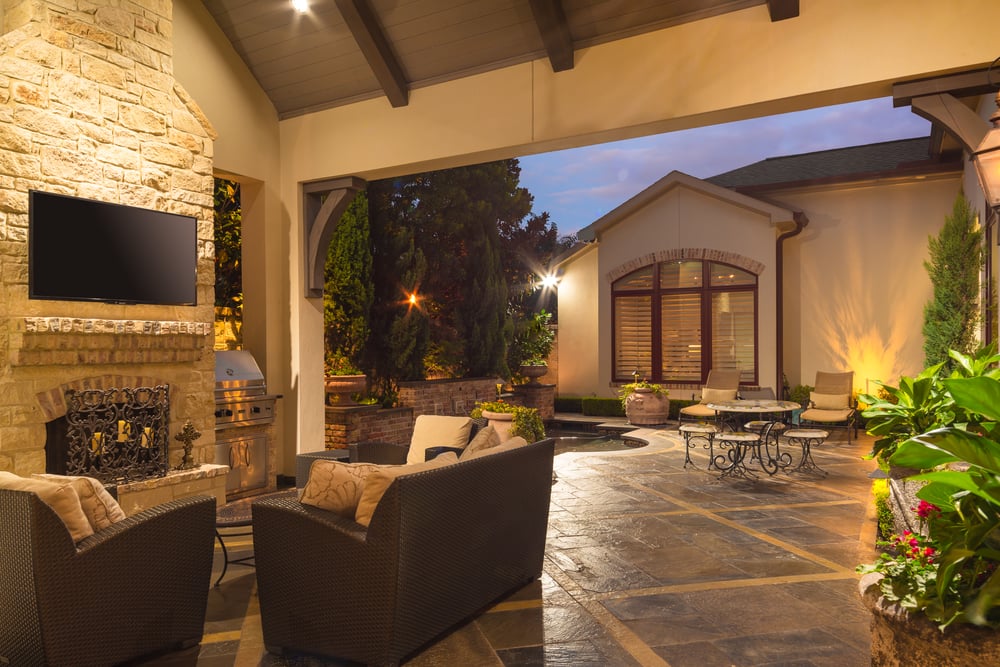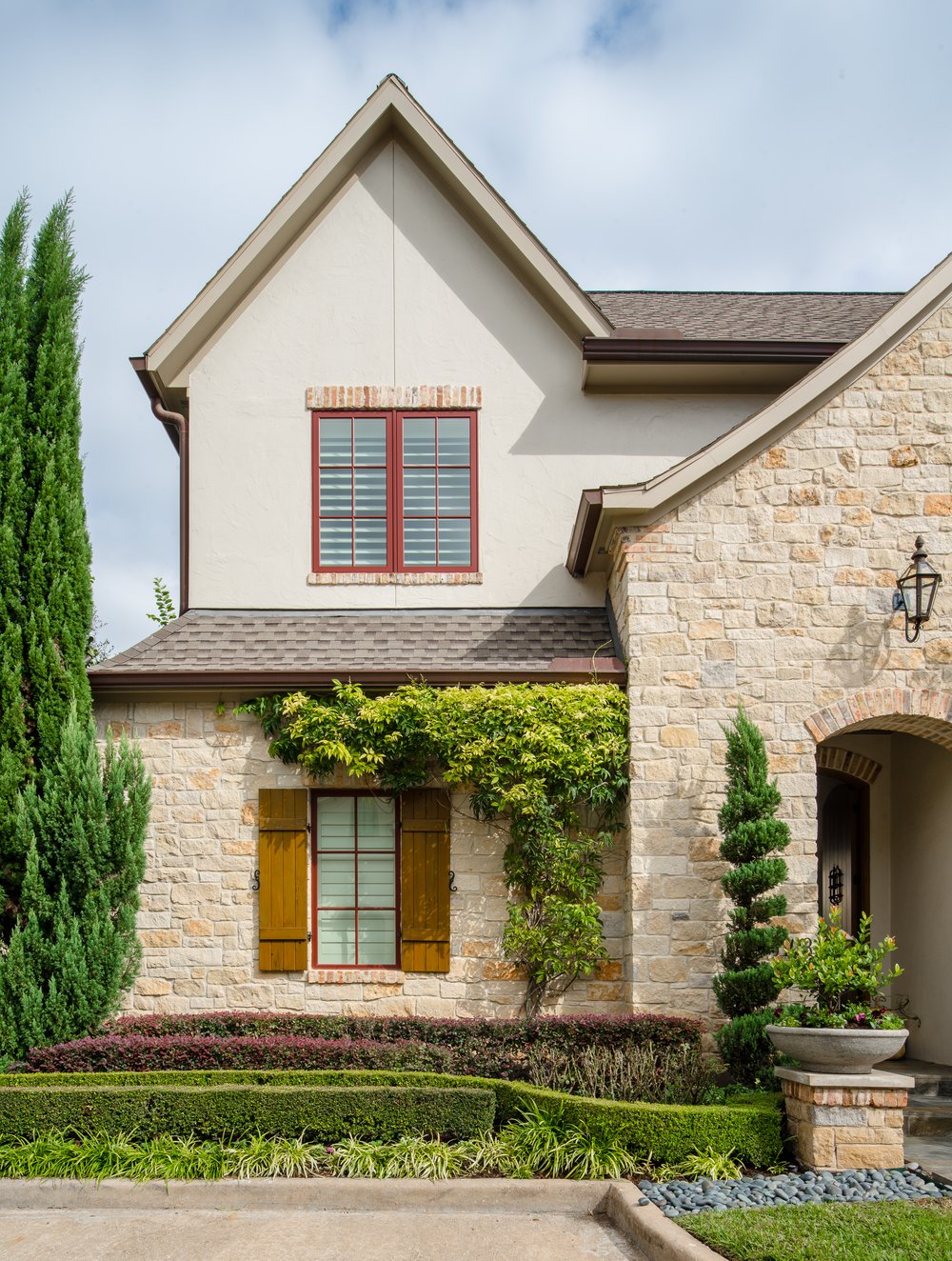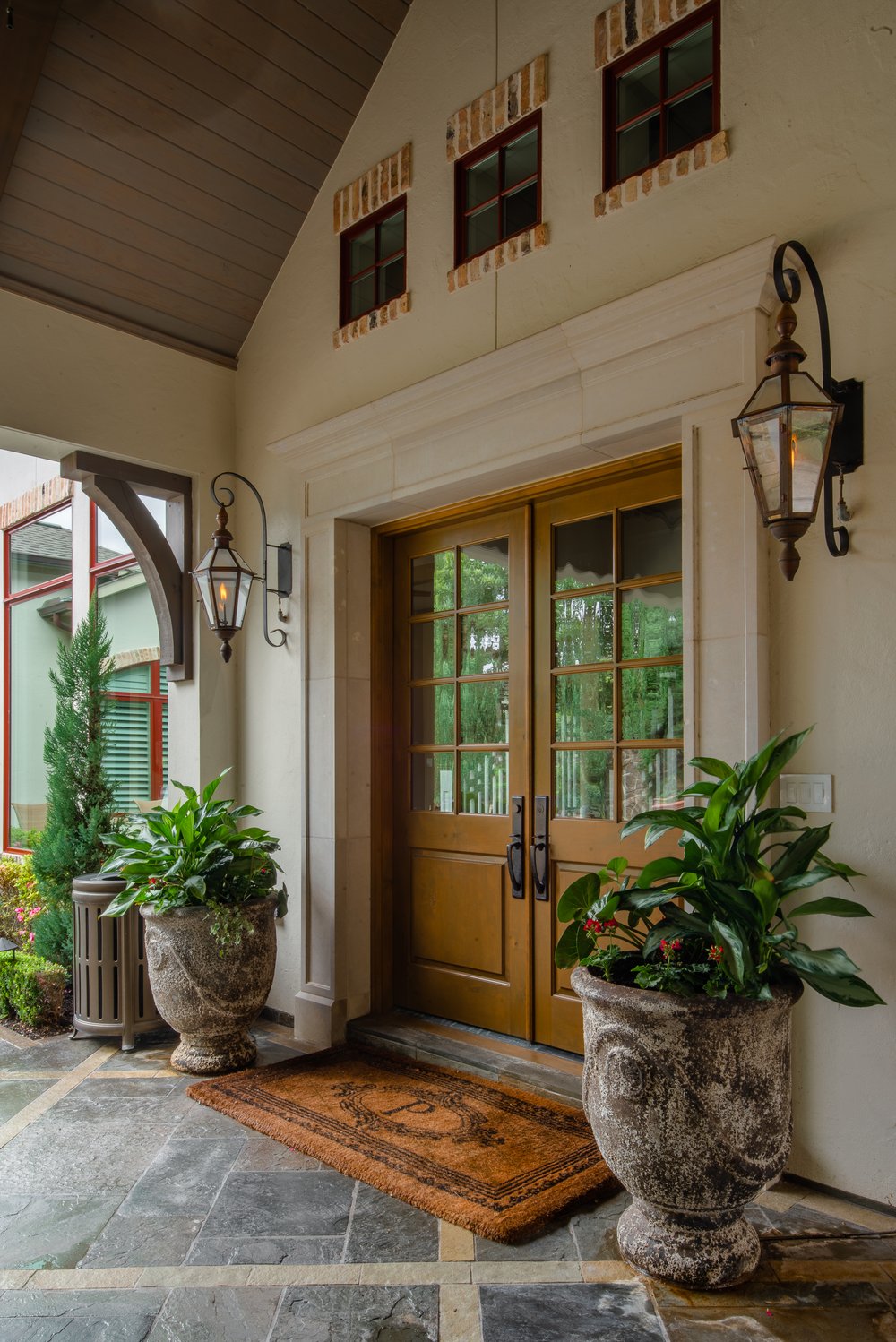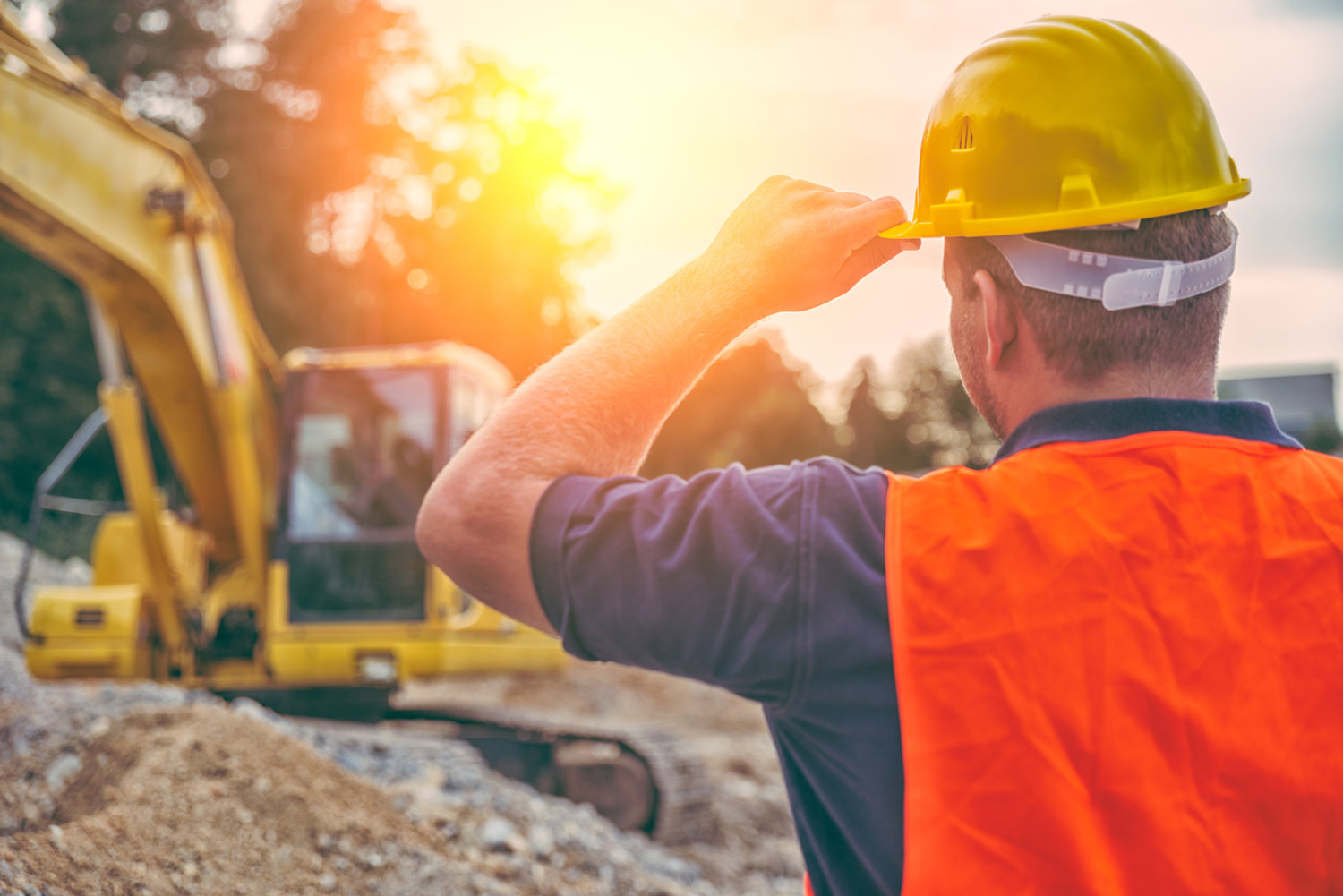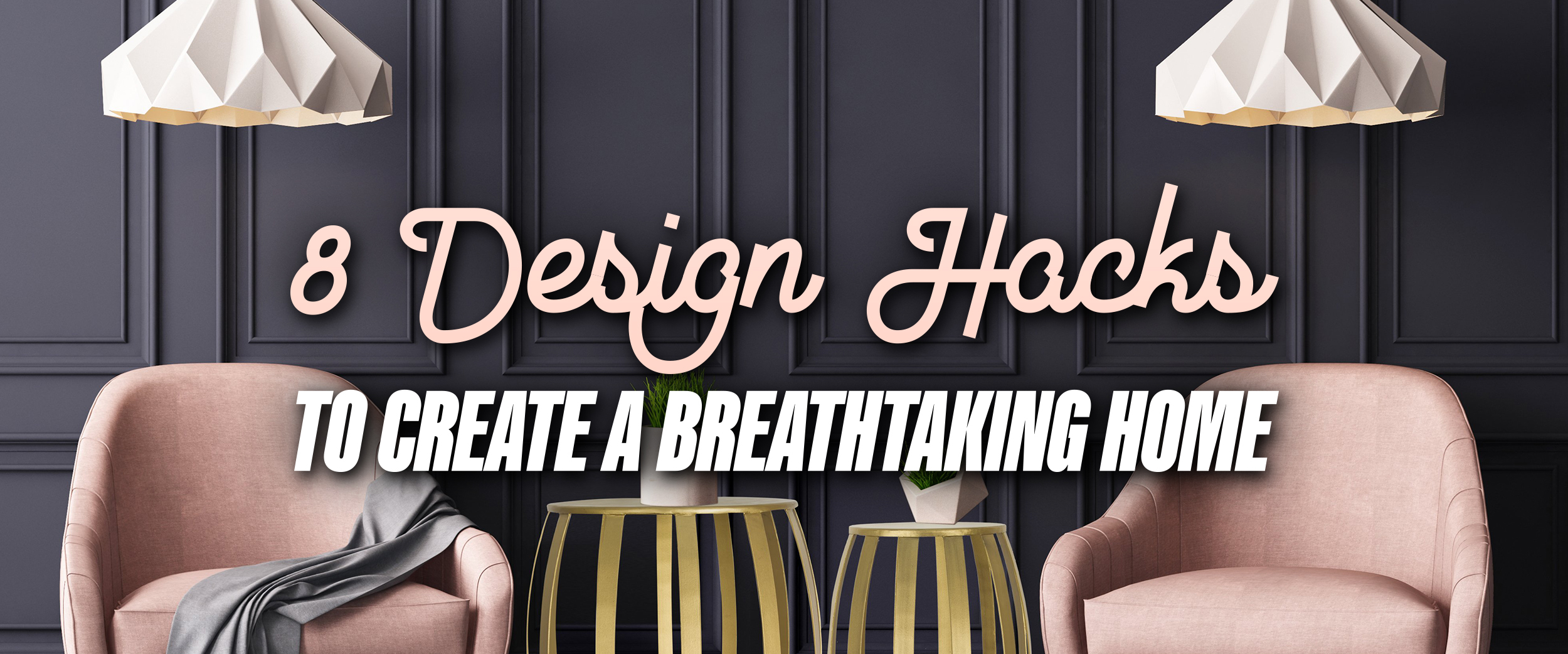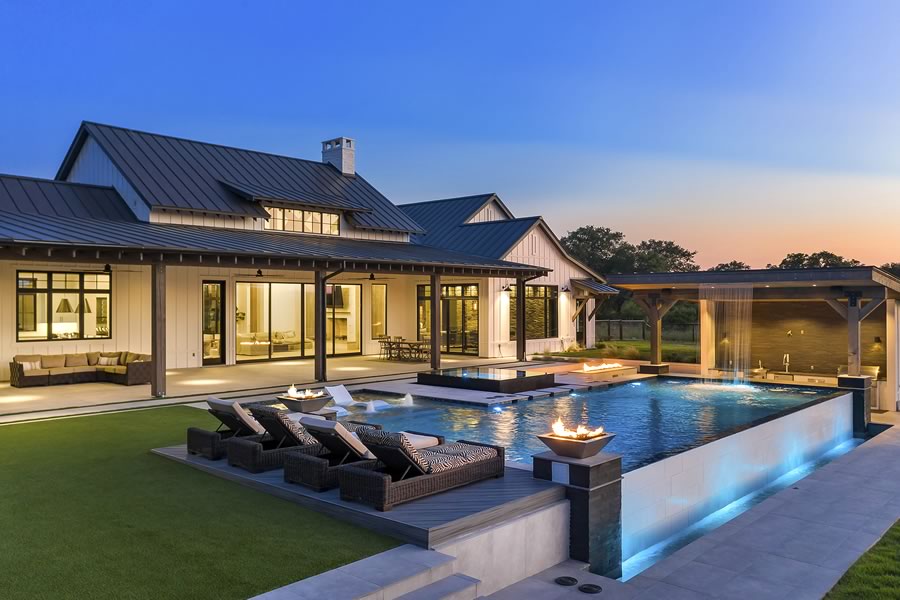Is your water pressure so low that it takes ages to fill up a kettle? Is your water so high in salt that it stings your eyes and gives you a burning sensation? Is your water stained yellow or green because of iron or copper?
If you answered yes to any of these questions, don’t worry; there are many ways to address the problem. Most importantly, when it comes to brown, orange, or black water caused by sediment build-up in the pipes—start calling professional plumbers, and here are some reasons I advise you should give them a call.
Low-quality water may cause toxic waste build-up
Most of the time, extreme water hardness is caused by a build-up of calcium and magnesium. These trace minerals are beneficial in your water if balanced with sodium and potassium. Still, when their levels get too high, calcium can act as a magnet for tannins and sulfates from detergents and other possible household products. This causes the water to become acidic and eventually causes a build-up inside the pipes, eroding them. It also allows for a greater chance of metallic deposits, rust stains, or rusts to form on your fixtures.
I advise hiring a plumber to address this problem, as it requires an expert to remove the calcified limestone from the pipes. It may need a high-pressure water jet that’s strong enough to blast through any stubborn deposits. The cost for this type of plumbing job will usually run about $100 on average, and make sure you get a written estimate and the forecast to follow up with what your plumber did.
Low water pressure causes dishwashers and laundry machines not to work
Low water pressure also affects your dishwashers and laundry machines. This can also be caused by a build-up of minerals in the pipes, which makes the pressurization unit not work. To resolve this issue, a licensed plumber will need to check the water pressure meter, the valve, and the hose that connects the faucet and sink. If your pressure is low due to a calcium build-up, you will have to hire a plumber who can clean out all the calcified deposits from your pipes. They’ll also make sure it’s done correctly so it doesn’t cause any corrosion or leaks in the future. This can easily be $200, depending on how deep your pipes are and how much work needs to be done.
Low-quality water may be causing your pipes to leak
Another reason why you should hire a plumber is because the minerals and salts in low-quality water can also cause leaks. As with the build-up, these traces can act as a magnetic force on your plumbing pipes and result in leaks such as high-pitched squeaks, dripping faucets, and even broken pipes. These leaks are generally hard to find if you don’t know where to look but have the potential to cause severe damage when left unchecked.
This is why it’s essential to pay attention to your water pressure so you don’t have these problems to begin with. If this happens, plumbing pipes can also get corroded, so calling a plumber is the best way to know you aren’t at risk for expensive repairs. Make sure you have a written estimate and constantly check up on the job to make sure they did what they said they would do so you don’t have any more issues like this in the future.
Iron and copper stains can leave rings in your ceramic tiles
Low-quality water can also leave stains on your bathroom tiles. This usually happens when excessive iron and copper are in your water. If you have a well at your home, this is a good sign that you should call a plumber, as it can lead to green or black algae growth in your plumbing pipes and tap, along with stains in the tubs and the toilets.
Low-quality water causes dishes to develop spots
Scratching inside your dishwasher can also be caused by a build-up of calcium, making the jets not spin as fast as possible. This again causes a build-up of scum and deposits on your plates, glasses, and cooking utensils, making them look old and nasty. If you want to get rid of these ugly stains, you’ll have to call a professional plumber to check your plumbing pipes. The cost will vary depending on how deep they need to go into the lines to blast away the deposits with a high-pressure water jet, which I suggest if this is an issue for you.
Low-quality water may affect your health
Low-quality water can also be a significant risk to your health, especially if you have children. Children can get sick much easier from skin rashes and cavities due to iron in the water. If you aren’t aware of how important your water quality is, I would advise you to call a plumber to check yours and see what they suggest.
It’s also essential that you know how to test your water quality. A simple method is using a magnet, so all you have to do is stick it into the faucet and turn on the house’s valve. If the magnet sticks to the inside of the water pipe, then you probably have some calcium in your water. Then repeat the test for about a week and see if there are any changes in its behavior.
Low water pressure wastes your time
High water pressure is all about speed. Water pressure will decrease as it travels, taking longer and longer to arrive at each fixture. The greater your faucet’s distance from the water source (the well or lake), the lower your water pressure. To assess your property’s water pressure accurately, you should have a licensed plumber perform an accurate reading on your main lines, whether gas, city or well.
Waiting for water to fill up a sink, bathtub, or water heater is frustrating. One of the most common reasons for people to contact a plumber is because their water pressure isn’t what it should be, and they either want to fix it or adjust it to their level of satisfaction.
If your household’s water pressure has been reduced to a point where you don’t find it satisfactory, then you probably want to hire a licensed plumber so they can look at the problem and give you an accurate assessment of what needs to be done. Faulty valves and pipes cause most water pressure problems. These problems can cost hundreds of dollars to fix and, in some cases, require drilling into concrete which can be pretty costly but worth it.
You could be wasting water without even knowing it
Low-quality water may lead to clogging, which may lead to leakages. If you notice sudden drops in the flow of water, then you should look at your water pressure and adjust it if necessary. I advise hiring a plumber to do this for you because it’s a job that needs to be done correctly, so you don’t end up with any more problems.
If your water is low quality, then so are your plants
Irrigation is the lifeblood of your landscaping. Without water, your trees and greenery will quickly dry up, resulting in brown leaves and dead grass. Remember that if you’re good to your plants, they’ll be good to you. If your water quality is negatively affecting their growth, you should hire a plumber as soon as possible to get the issue fixed and give them the water they need to stay healthy.
Low-quality water will not get the job done
If there’s any problem with a faucet or toilet, it can be caused by low-quality water. Bathrooms are made from ceramic, and these tiles need constant cleaning, so using low-quality water may restrict the flow of water coming from the toilet, making it impossible to use. This can be caused by sediment or deposits left when the pipes have not been cleaned for quite some time.
Low-quality water will ruin your clothes
Laundry is one of the difficult things in any household. Dealing with cloth discoloration and inconsistent washing adds to the frustration. A considerable cost of using low-quality water is that you get stains on your clothes taking forever to dry. This is due to the dirt and sediment left behind after the water has been filtered through underground rocks, which builds upon your home’s plumbing pipes, causing scum that ends up all over the place. You should call a plumber to inspect your plumbing pipes and get rid of the dirt by getting rid of low-quality water if this is the case for you.
In conclusion, being aware of water quality in your home is essential. Plumbers can be used to provide you with accurate assessments of your water’s quality and can ensure that your plumbing systems are operating efficiently. If you want to maintain your water quality throughout the year, hire a licensed professional plumber equipped with the knowledge, skills, and tools to get the job done correctly. …





